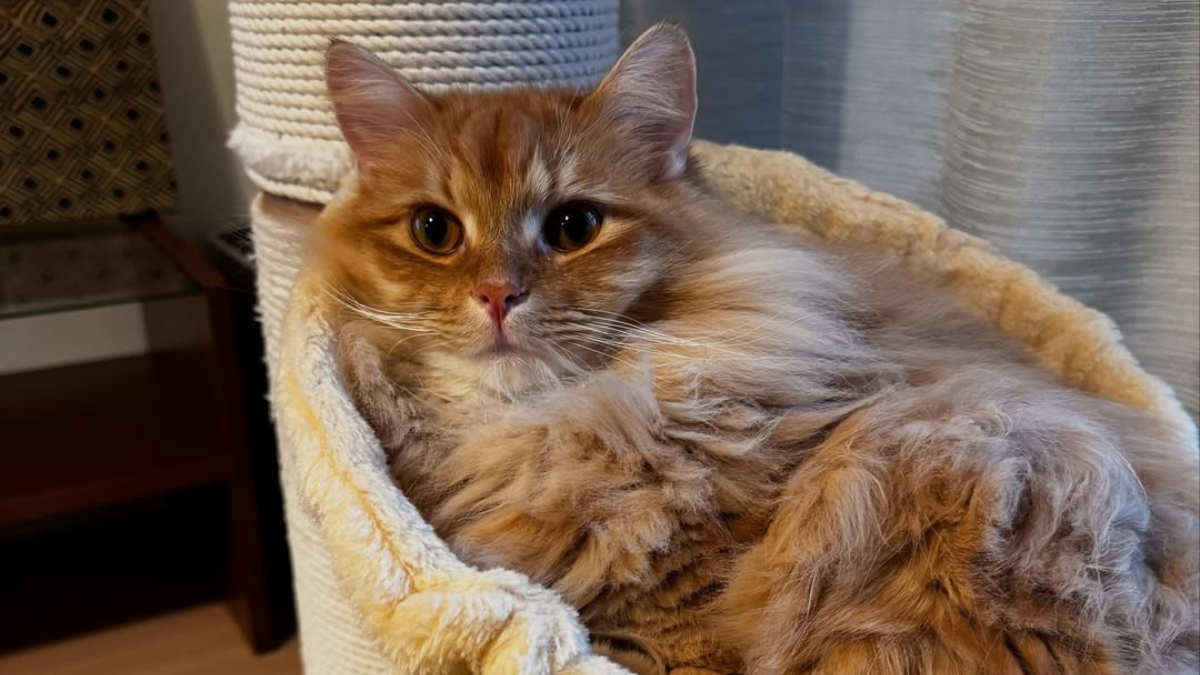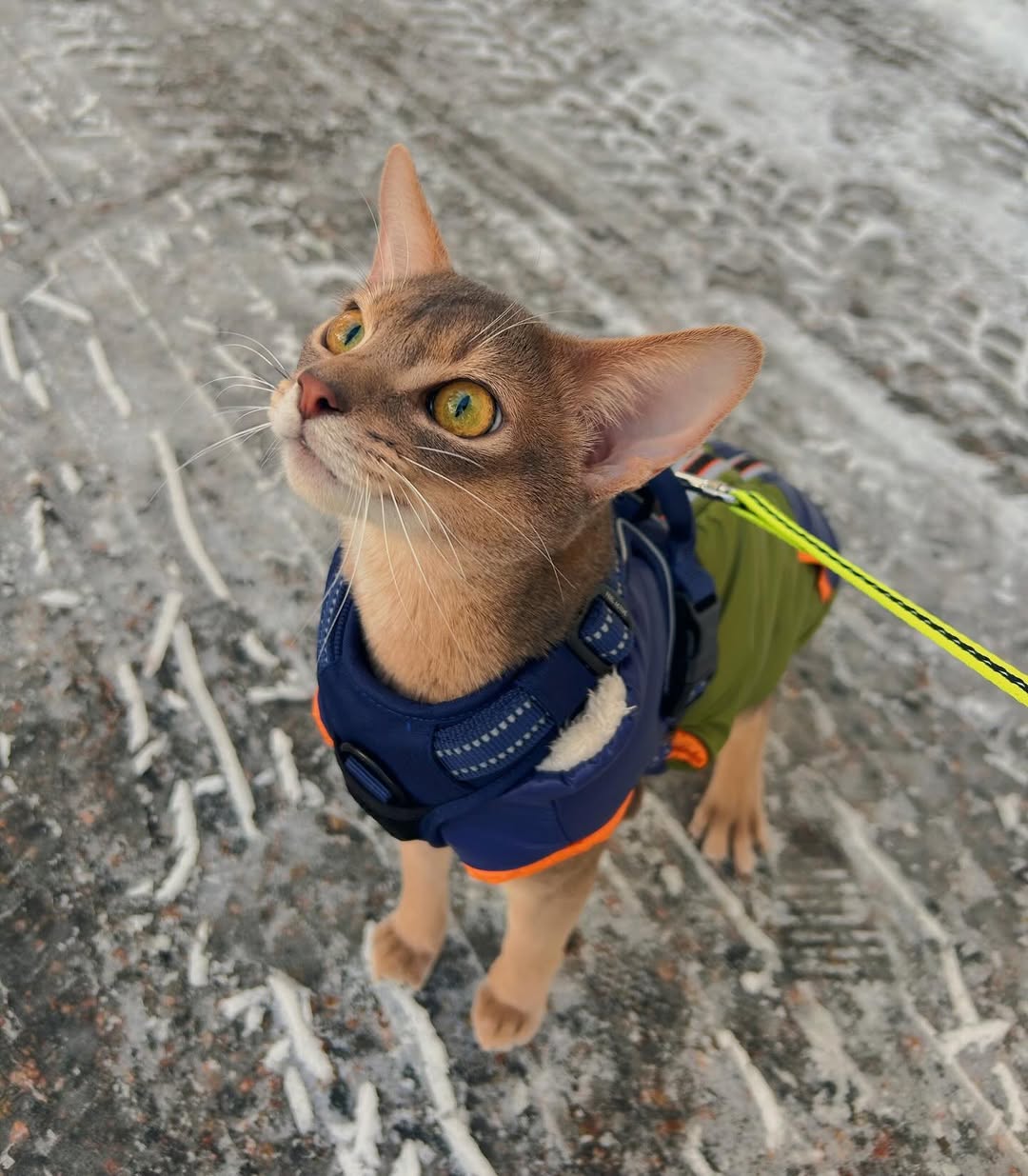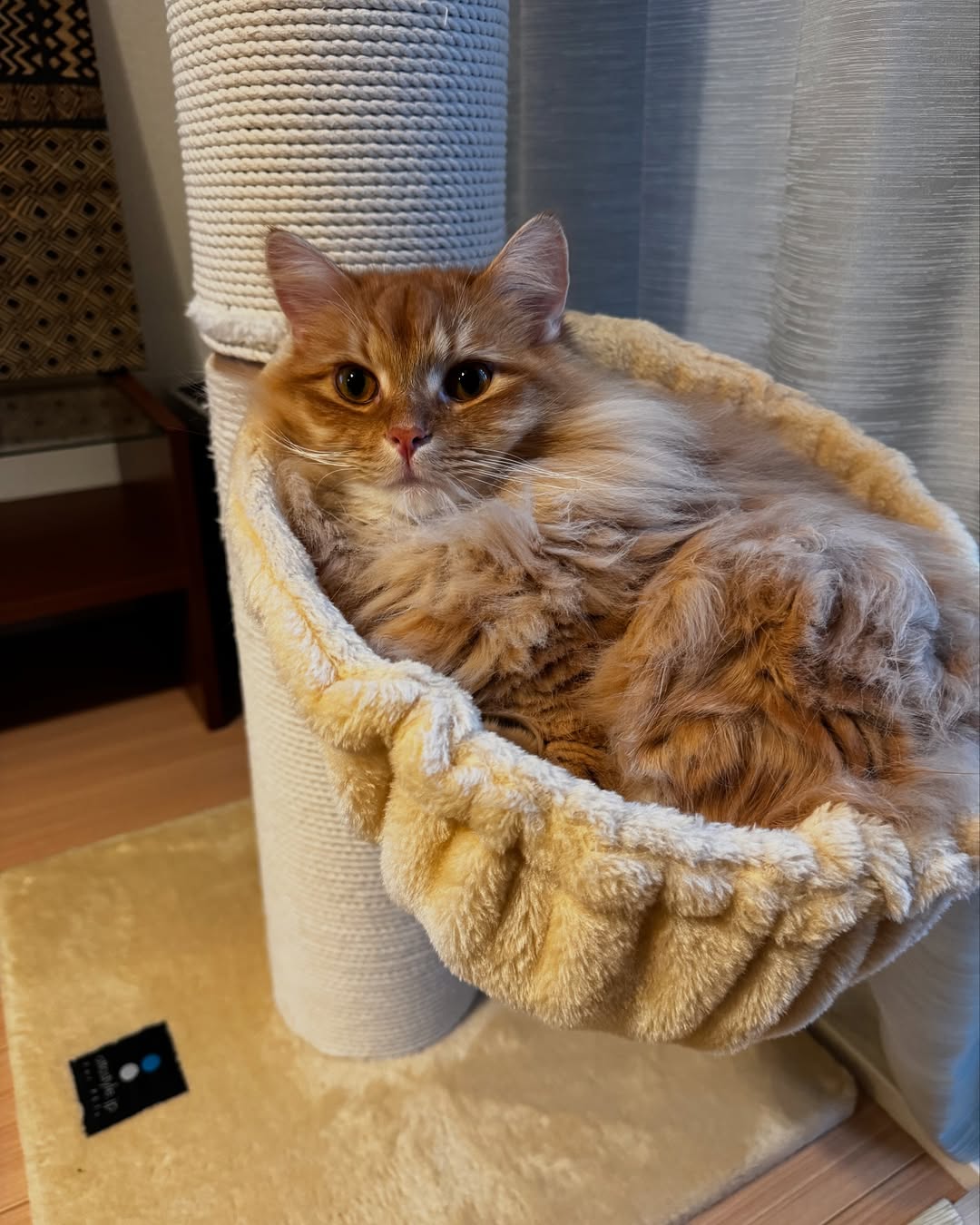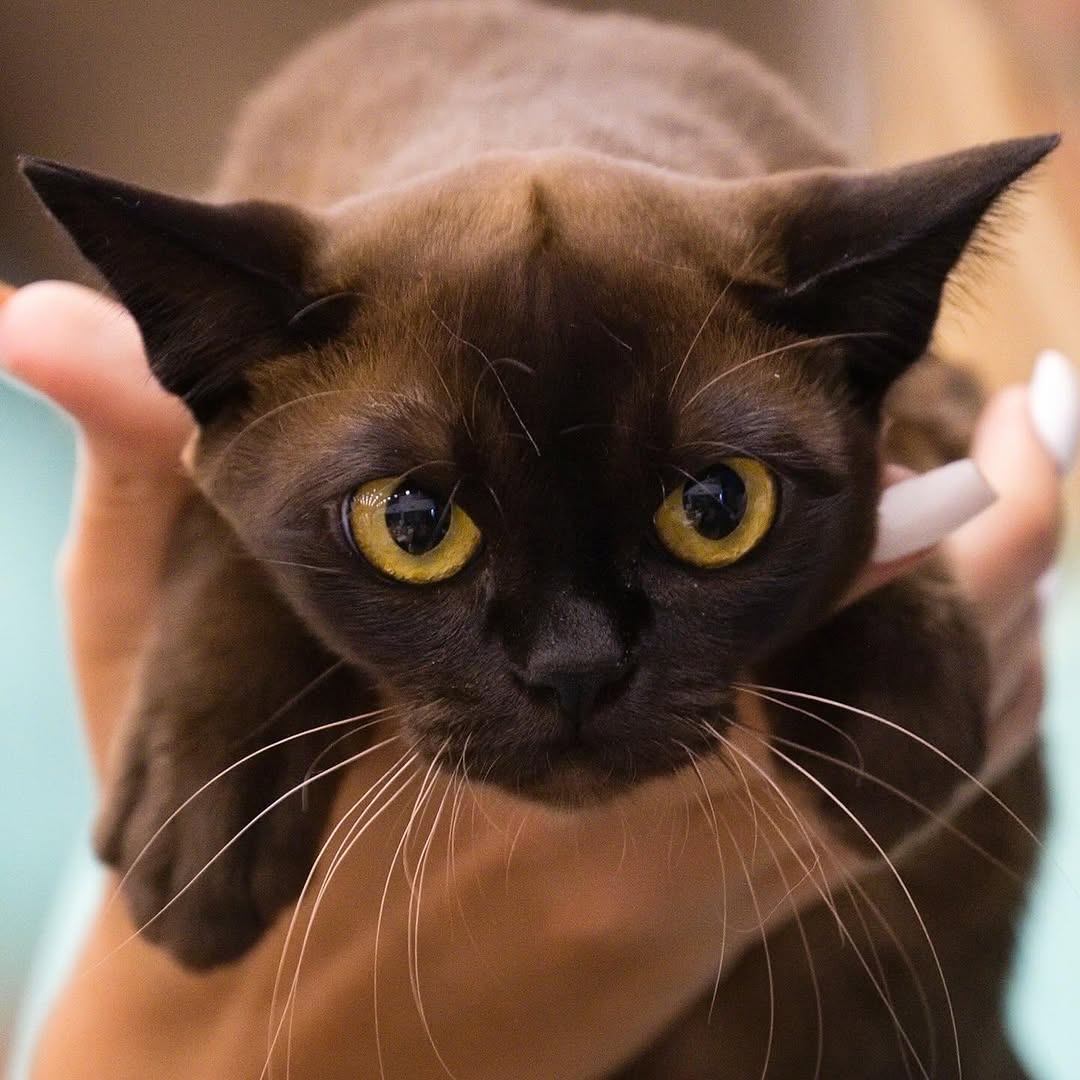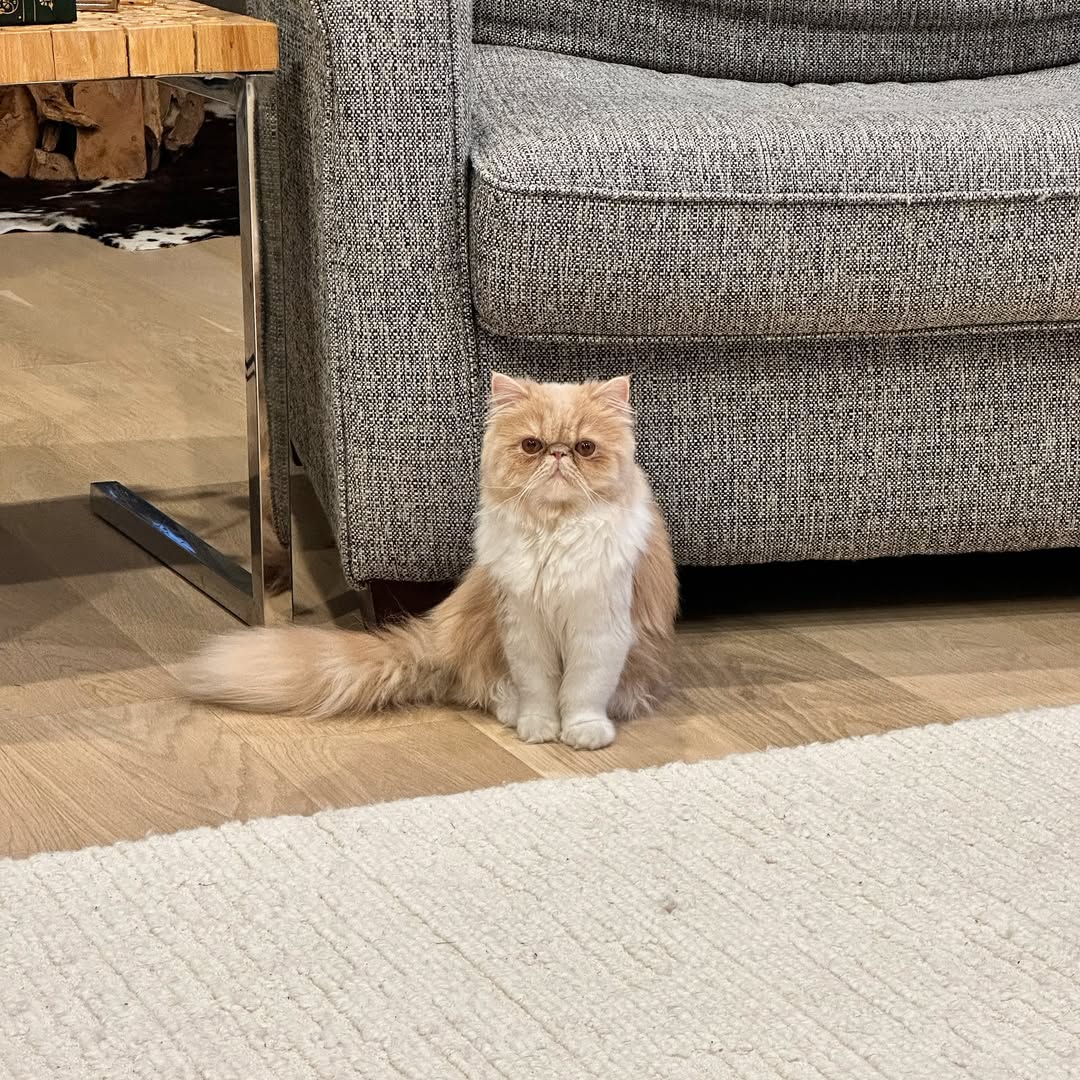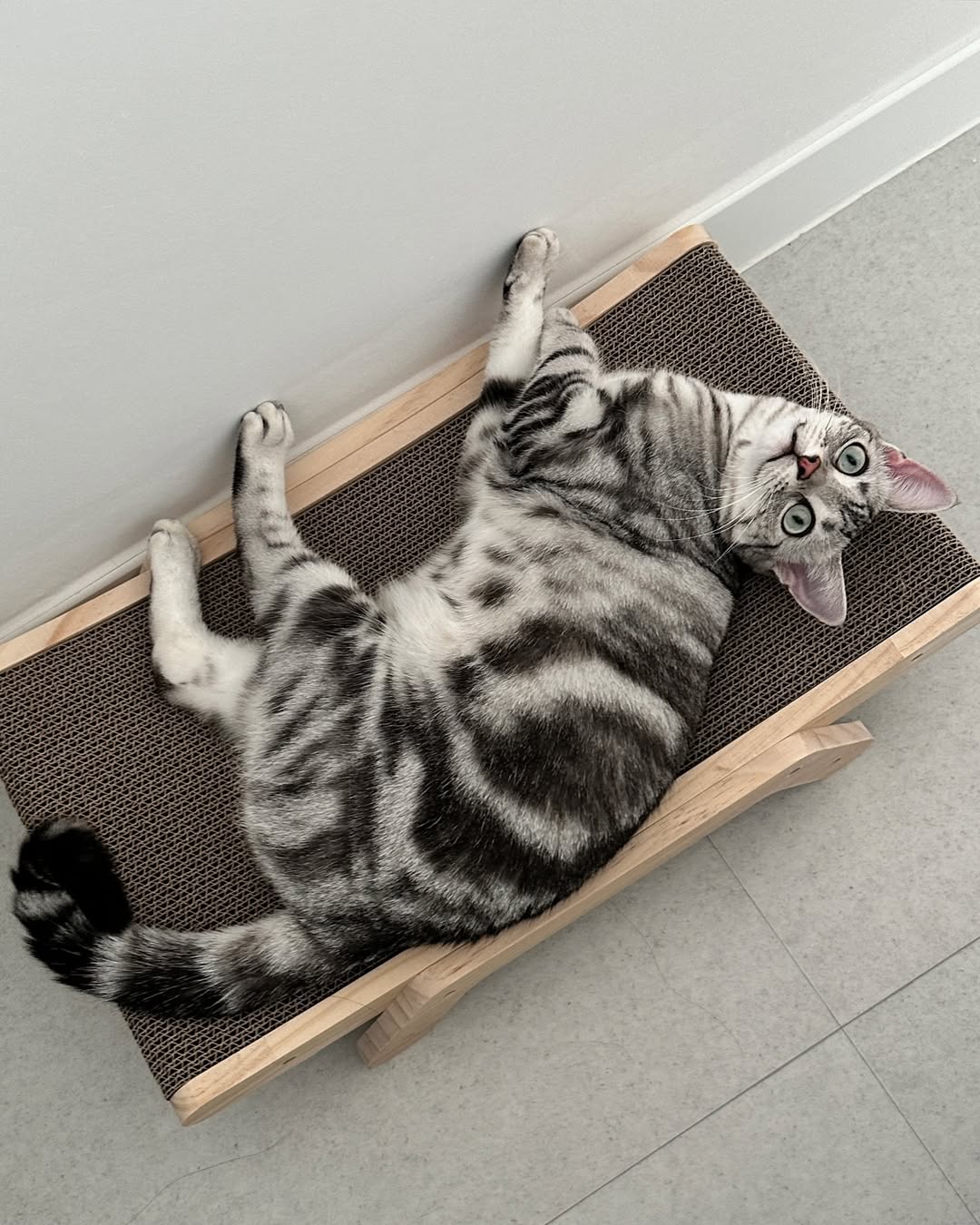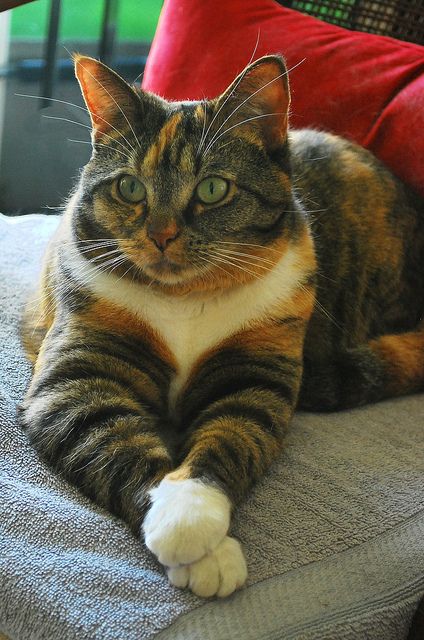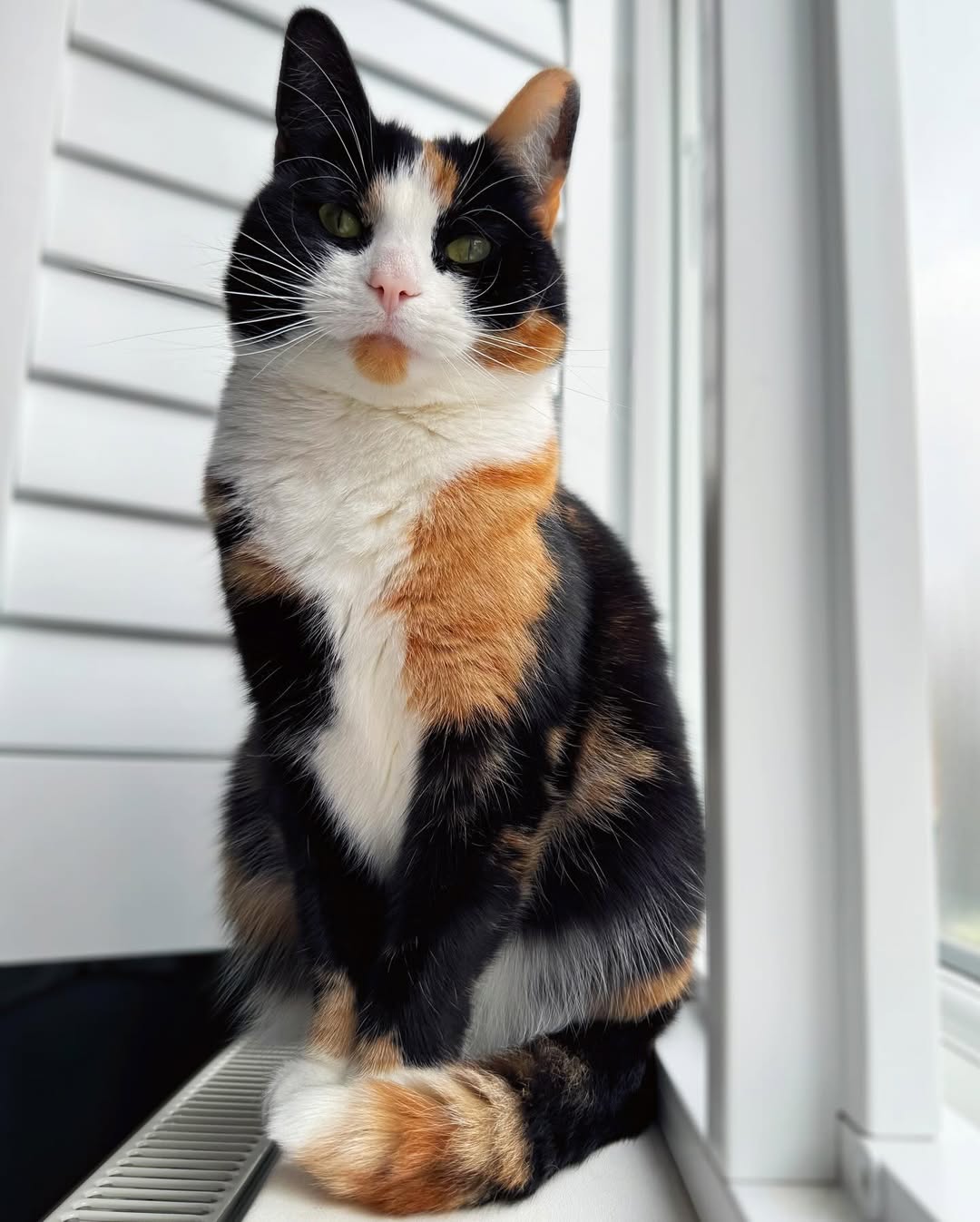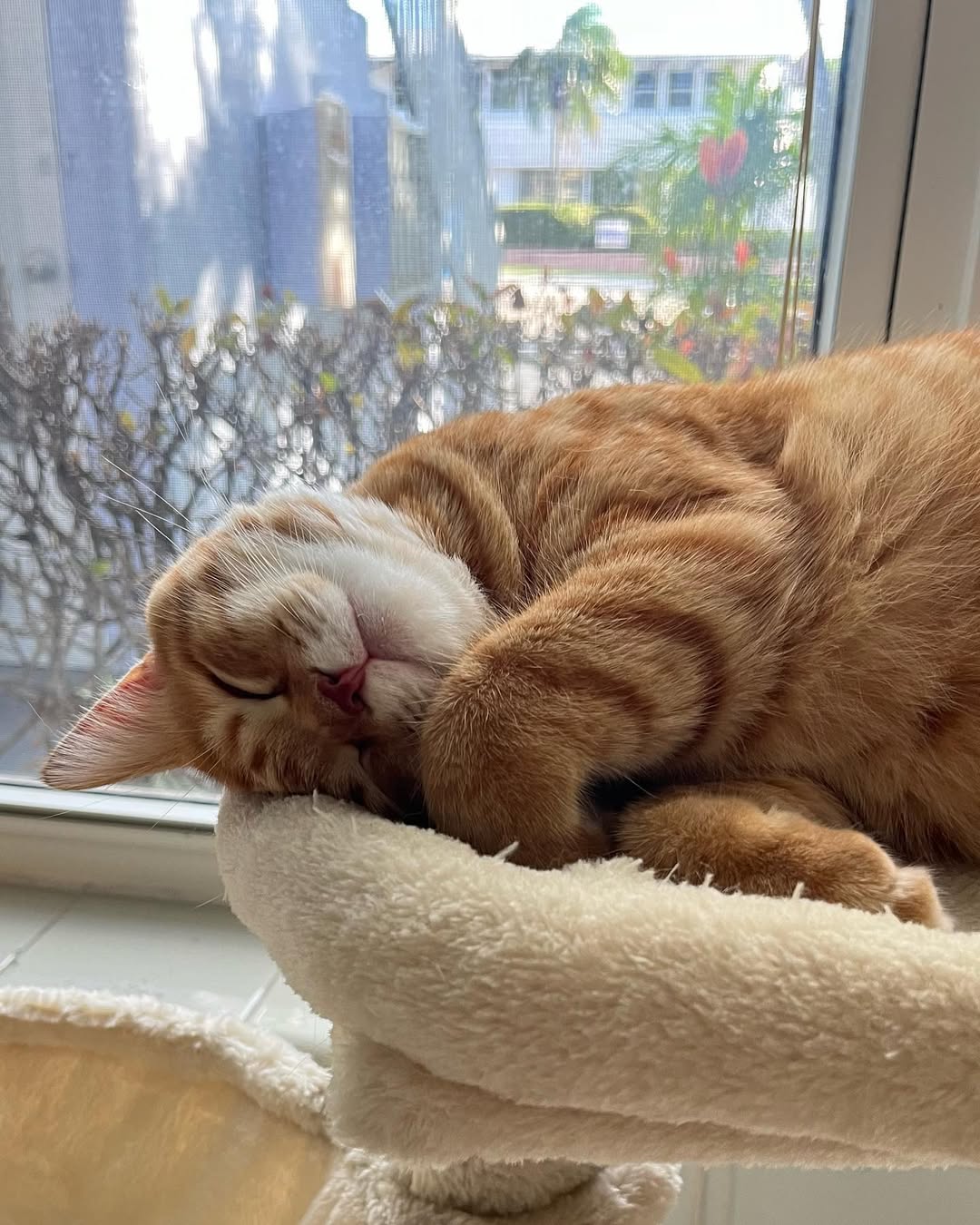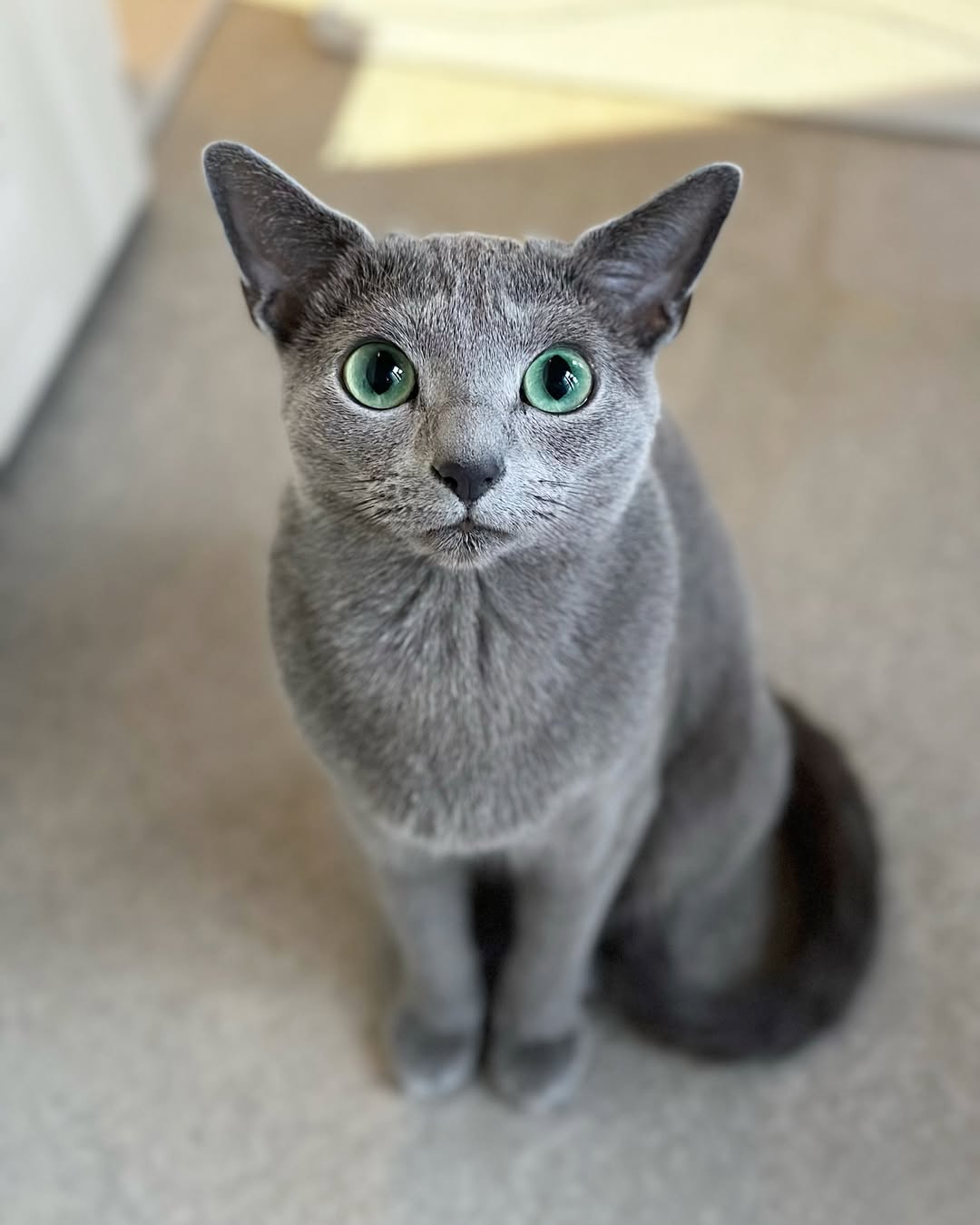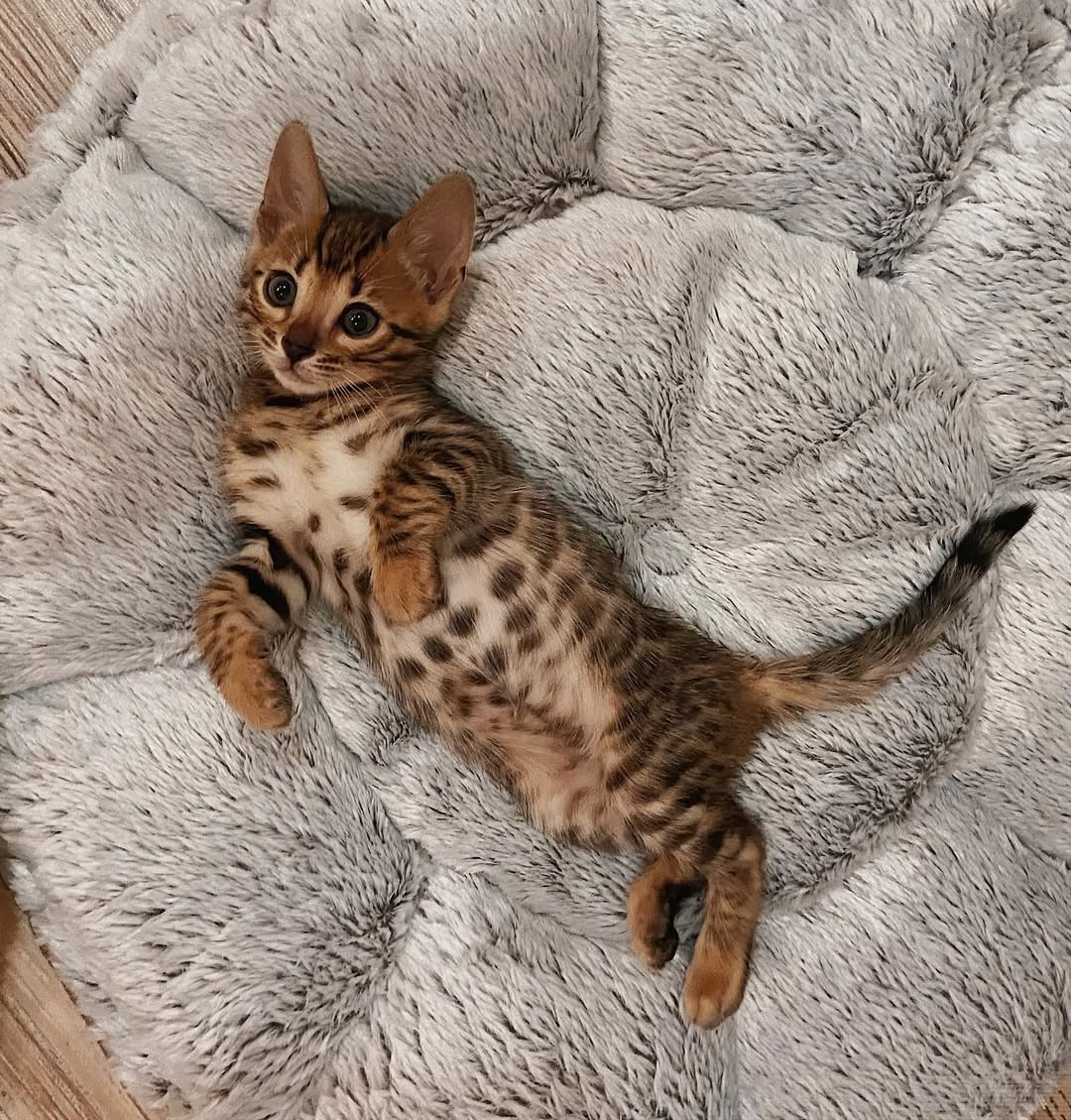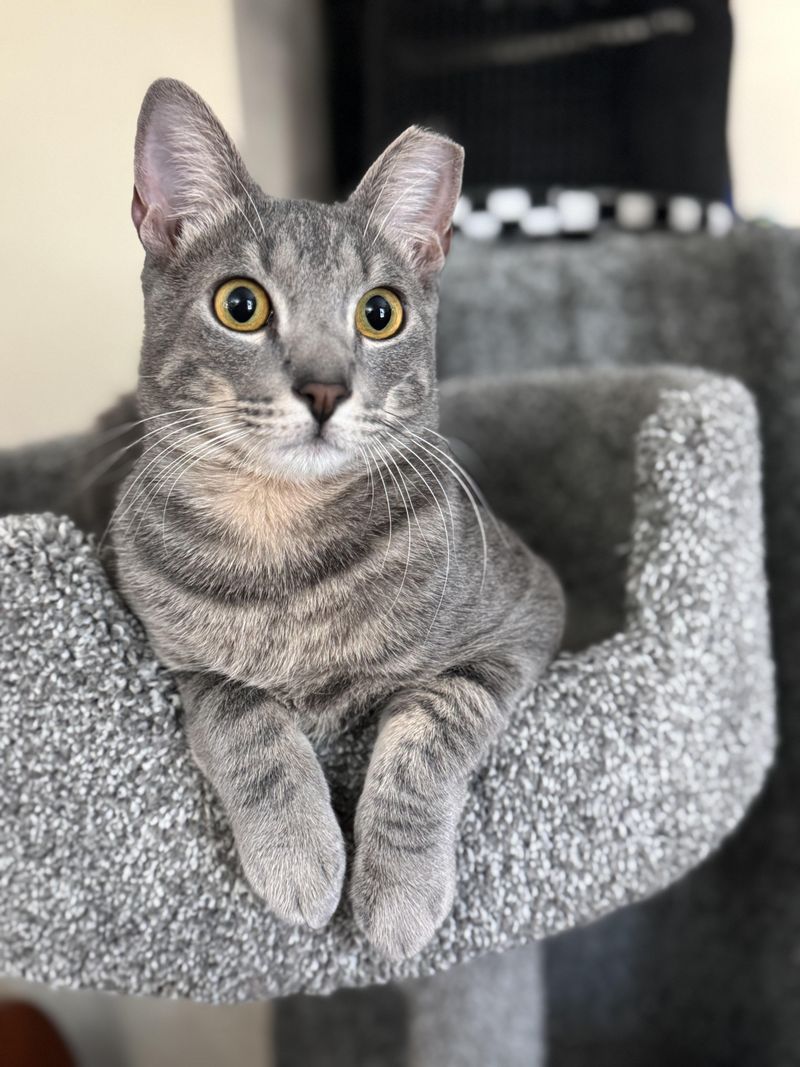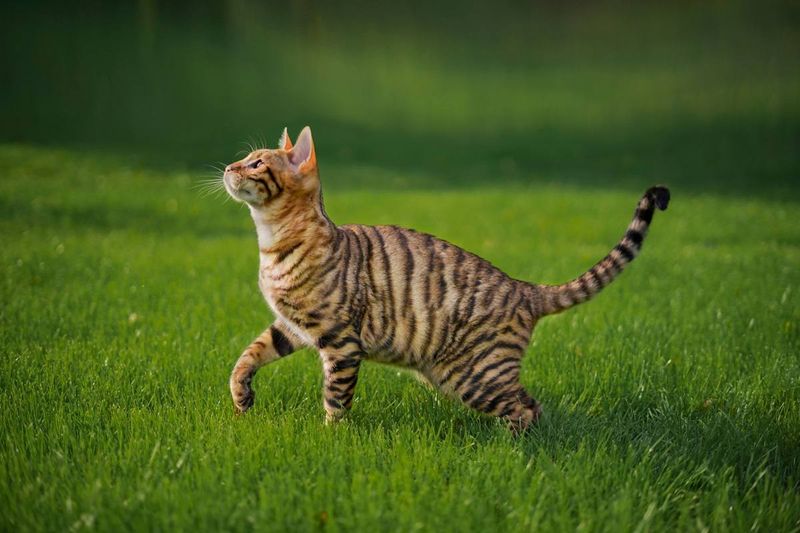📖 Table of Content:
Tabby cats are known for their distinct coat patterns and colors, which make them easily recognizable and beloved by many. These cats come in a variety of hues, each with its own unique charm and appeal. The combination of rich shades and intricate markings gives tabby cats their distinctive look.
While some tabby colors are more commonly seen, others are incredibly rare and harder to find. From rich cinnamon tones to subtle gray hues, each color variation adds to the beauty and mystery of these feline companions. The rarity of certain tabby colors often sparks curiosity among cat lovers and breeders alike.
The world of tabby colors is diverse, with each shade offering something special. Some colors are prized for their uniqueness, while others are more commonly seen in everyday households. Whether rare or frequent, every tabby cat’s color tells a story of genetic history and natural beauty.
12. Cinnamon
The cinnamon shade features a light, reddish-brown coat that radiates warmth and charm. This hue, although uncommon, is found in pedigree breeds such as Abyssinians and Oriental Shorthairs.
The cinnamon color is a diluted version of chocolate, giving it a. softer, more delicate appeal. Cats with this shade exude an aura of elegance and sophistication,triking addition to any feline family.
11. Amber
Found mainly in Norwegian Forest Cats, amber is an extraordinary color ranging from golden honey tones to rich amber hues. This rare shade glows with a golden hue that can vary from light honey to deep amber. It’s the result of a unique genetic mutation that changes black pigment into this warm tone.
Amber tabbies are a mesmerizing sight, often evoking imagery of autumn leaves and golden sunsets. Their rarity adds an air of exclusivity, making them highly sought after by cat enthusiasts and breeders alike.
10. Chocolate
Few tabby cat colors rival the richness of chocolate. This deep, velvety brown shade is both luxurious and uncommon, adding a unique twist to the classic tabby look.
Chocolate-colored tabbies are often seen in breeds like the Havana Brown or Burmese, where their coats take on an almost indulgent quality. Their rarity and depth of color make them stand out as one of the most captivating tabby shades.
9. Cream
Cream tabbies exude a soft, ethereal beauty with their pale, muted coats. This delicate shade is often seen in Persian and Maine Coon cats, where their plush fur amplifies the creamy tones.
While less common than darker shades, cream tabbies bring a sense of tranquility and grace to their appearance. Their subtle elegance makes them an ideal choice for those who appreciate understated beauty.
8. Silver
Silver tabbies shimmer like moonlight, with their metallic-like coats creating a dazzling contrast to their dark tabby markings. This stunning color often appears in British and American Shorthair cats, where it highlights their well-defined patterns.
The silver hue is a result of a gene that inhibits the production of pigment in the hair shafts, leaving a glistening, pale coat. It’s an eye-catching and timeless choice that feels both regal and modern.
7. Patched
Patched tabbies, also known as torbies, are a vibrant mix of tabby patterns and patches of another color, often red or cream.
This unique combination creates a mosaic-like effect that’s as artistic as it is natural. Patched tabbies can often be found in tortoiseshell cats with tabby markings, offering a playful yet sophisticated look. Their multicolored coats are a testament to the genetic complexity behind feline fur.
6. Calico
Calico cats are not exclusively tabbies, but many feature tabby patterns within their tri-colored coats. The combination of white, black, and orange (or cream) creates a patchwork effect that is both lively and distinctive.
Calico tabbies are rare due to the genetic conditions required to produce this blend of colors. Their vibrant, kaleidoscopic appearance ensures they always stand out in a crowd.
5. Orange/Red
Orange or red tabbies are bold and vibrant, often associated with fiery personalities. This shade is most common in male cats, as it is linked to the X chromosome. Orange tabbies range from soft ginger tones to bright, sunlit hues, and their cheerful coats never fail to bring a smile.
Despite their prevalence, they remain a favorite among cat lovers for their warmth and charm.
4. Gray
Cool and understated, gray tabbies (or blue tabbies) have a refined and subtle beauty. Their shades range from pale silver-gray to deep slate, creating a calm and refined aesthetic.
Found in breeds like the Russian Blue and Chartreux, gray tabbies are a popular choice for their timeless beauty and versatility.
3. Brown
Brown tabbies are the classic and quintessential example of tabby cats. Their warm, earthy tones paired with striking tabby patterns make them the most common yet undeniably beautiful color.
Breeds like the Maine Coon and Bengal often display this color, celebrating its universal appeal. While familiar, the brown tabby never ceases to impress with its natural charm.
2. Blue Tabby Cat
Ever seen a tabby cat with a smoky blue coat? The blue tabby is a sight to behold! With fur that seems to shimmer like a silvery mist, these cats have a cool, almost ethereal appearance. The blue hue is not actually blue but a diluted black, creating a soft, misty gray.
These felines often have captivating green or amber eyes that stand out against their cool-toned fur. Their bold and subtle stripes can vary, making each cat uniquely beautiful.
1. Mackerel Tabby Cat
Picture a cat with stripes like a tiger, and you’ve got the mackerel tabby! Known for its iconic ‘tiger’ stripes, the mackerel tabby is both classic and striking. Their narrow, parallel stripes run down the sides, giving them a distinctly wild appearance.
Mackerel tabbies are often the epitome of curiosity, always eager to explore their surroundings. Their striking patterns create a visual feast as they move, each stripe telling a story of elegance.
